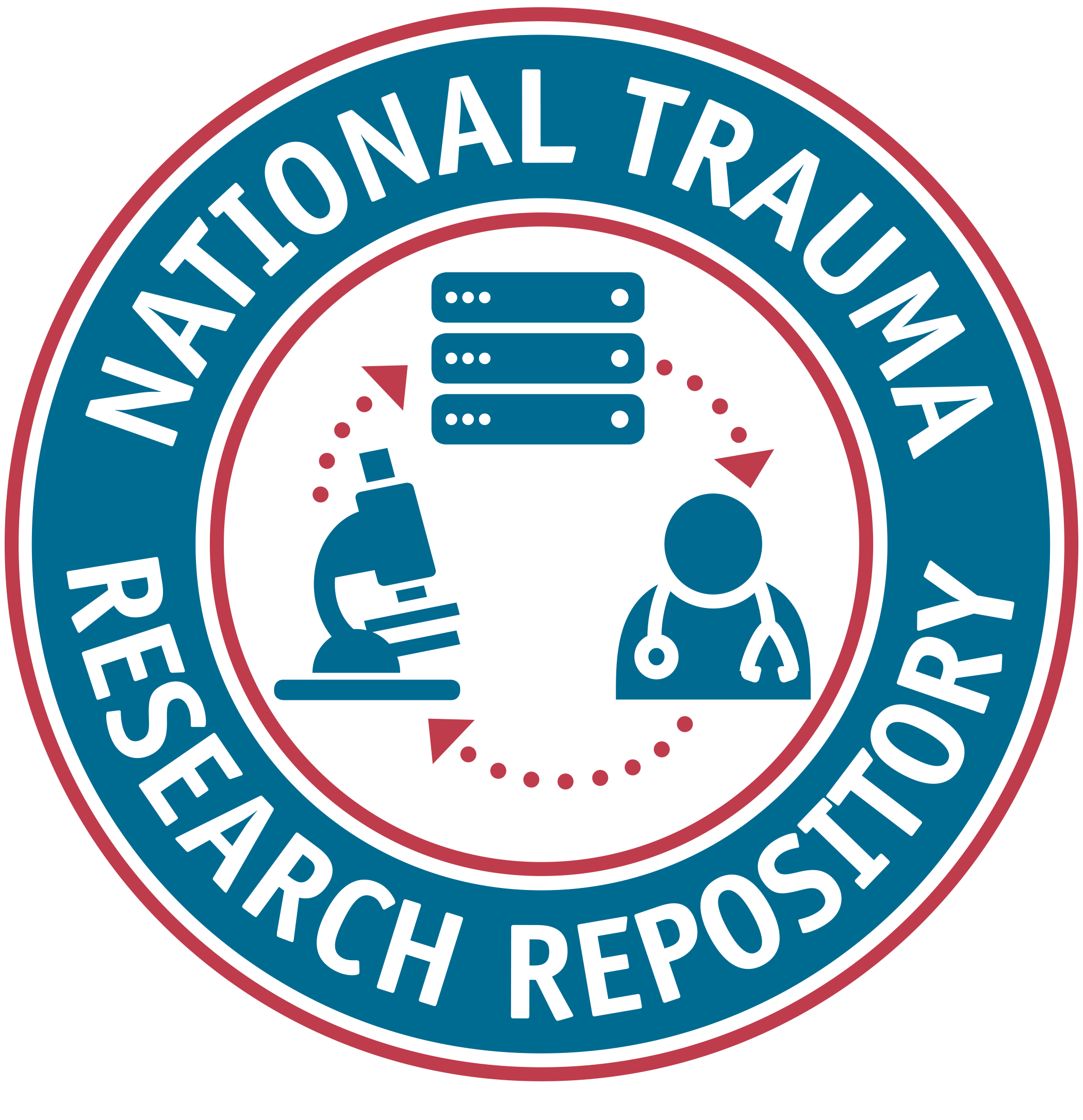Listed below are the details for the data element.
FITBIR
1.0
Element Type
Common Data Element
Inadvertent hypocapnia indicator
InadvertHypocapniaInd
Short Description
Indicator of inadvertent hypocapnia episode. Inadvertent hypocapnia is defined as the partial pressure of carbon dioxide in the blood (paCo2) <= 25 mmHg (3.3 kPa), not deliberately employed to treat elevated intracranial pressure
Definition
Indicator of inadvertent hypocapnia episode. Inadvertent hypocapnia is defined as the partial pressure of carbon dioxide in the blood (paCo2) <= 25 mmHg (3.3 kPa), not deliberately employed to treat elevated intracranial pressure
Notes
Creation Date
2014-04-01
Historical Notes
Inadvertent hypocapnia indicator
References
GENERAL/TBI:
McHugh GS, Engel DC, Butcher I, et al. Prognostic value of secondary insults in traumatic brain injury: results from the IMPACT study. J Neurotrauma. Feb 2007;24(2):287-93. Signorini DF, Andrews PJ, Jones PA, et al. Adding insult to injury: the prognostic value of early secondary insults for survival after traumatic brain injury. J Neurol Neurosurg Psychiatry. Jan 1999;66(1):26-31
Pediatric reference: Adelson PD, Bratton SL, Carney, NA, Chesnut RM, du Coudray HE, Goldstein B, Kochanek PM, Miller HC, Partington MD, Selden NR, Warden CR, Wright DW. uidelines for the acute medical management of severe traumatic brain injury in infants, children, and adolescents. Chapter 6. Threshold for treatment of intracranial hypertension. (2003a). Pediatr Crit Care Med 4:S25-S27.
Data Type
Alphanumeric
Input Restrictions
Single Pre-Defined Value Selected
Population
Adult and Pediatric
Guidelines/Instructions
TBI/TBIEPID/TBIMOD/TBIACUTE/TBIMILD/GENERAL:
Choose one. Response obtained from medical charts and/or patient data management system. Add date stamp for when assessed. Recommend collection at least during initial medical treatment. Many types of second insults may occur in the in-hospital situation, both systemic and intracranial. Systemic second insults may for example also include episodes of hypoglaecemia, hyponatremia, hypernatremia, hyperthermia and many more. We chose to recommend to document the clinically most relevant and frequently occurring second insults: hypoxia, hypotension, inadvertent hypocapnia and seizure activity. Hypoxia, hypotension and inadvertent hypocapnia are the most frequent causes of jugular desaturations, and periods of low brain tissue oxygen tension. The depth and duration of systemic second insults during the clinical course is related to poorer outcome. In the intensive care environment with continuous monitoring, accurate detection of the number and duration of episodes of second insults should be possible. Thus permitting an accurate documentation of the number, depth and duration of these insults individually and summated per insult over a given period. Unfortunately, most commercially available monitoring systems do not include dedicated software to facilitate this approach. We therefore recommend to simply document the occurrence of second insults, differentiating single episodes of short duration from multiple episodes or those of more prolonged duration, as these latter may have more profound effects in aggravating secondary brain damage. Pediatric-specific notes: Second insults are commonly defined by threshold values but these values are not well established in pediatrics. Based on the available data for pediatric TBI , thresholds of 80-180 mg/dL for glucose are recommended. A threshold for hemoglobin is more difficult to define given emerging data on the lower limit of hemoglobin safely tolerated by critically ill children in general and the variable effect of blood transfusion in children with severe TBI specifically.
Preferred Question Text
Category Groups and Classifications
| Disease | Domain | Sub-Domain |
|---|---|---|
| Traumatic Brain Injury | Treatment/Intervention Data | Surgeries and Other Procedures |
| General (For all diseases) | Disease/Injury Related Events | Second Insults |
| Traumatic Brain Injury | Disease/Injury Related Events | Second Insults |
Classification
Traumatic Brain Injury:
Supplemental
Concussion/Mild TBI
Moderate/Severe TBI: Rehabilitation
Epidemiology
Acute Hospitalized
General (For all diseases):
Supplemental
Keywords
Labels





